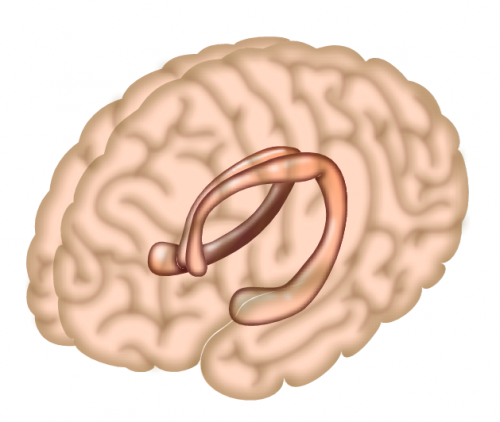
A team of researchers affiliated with multiple institutions in the U.S. has found that reciprocal repulsions of cell-surface molecules prevent tangling in parallel hippocampal networks. In their paper published in the journal Science, the group describes how they used single-cell RNA sequencing to profile developing cells in the hippocampus and what they learned by doing so. Yajun Xie and Corey Harwell with Harvard Medical School have published a News & Views piece in the journal Nature outlining the work done by the researchers on this new effort.
Prior research has shown that the hippocampus in mammals has two unique networks made up of neurons and axons—one is used to process spatial information, the other object related information. For several years, researchers have wondered how the brain manages to keep the two networks from becoming tangled with one another. In this new effort, the researchers sought to find the answer.
Prior research has also shown that the hippocampus is made up of three subfields that have been named CA1, CA2 and CA3, and that neurons in CA1 project to targets in the subiculum—projecting means growing toward an attracting element. Projections in CA1 in the subiculum are organized along an axis where neurons in the proximal part of CA1 project to the distal subiculum and neurons in the distal CA1 project to the proximal subiculum.
Source: Read Full Article
